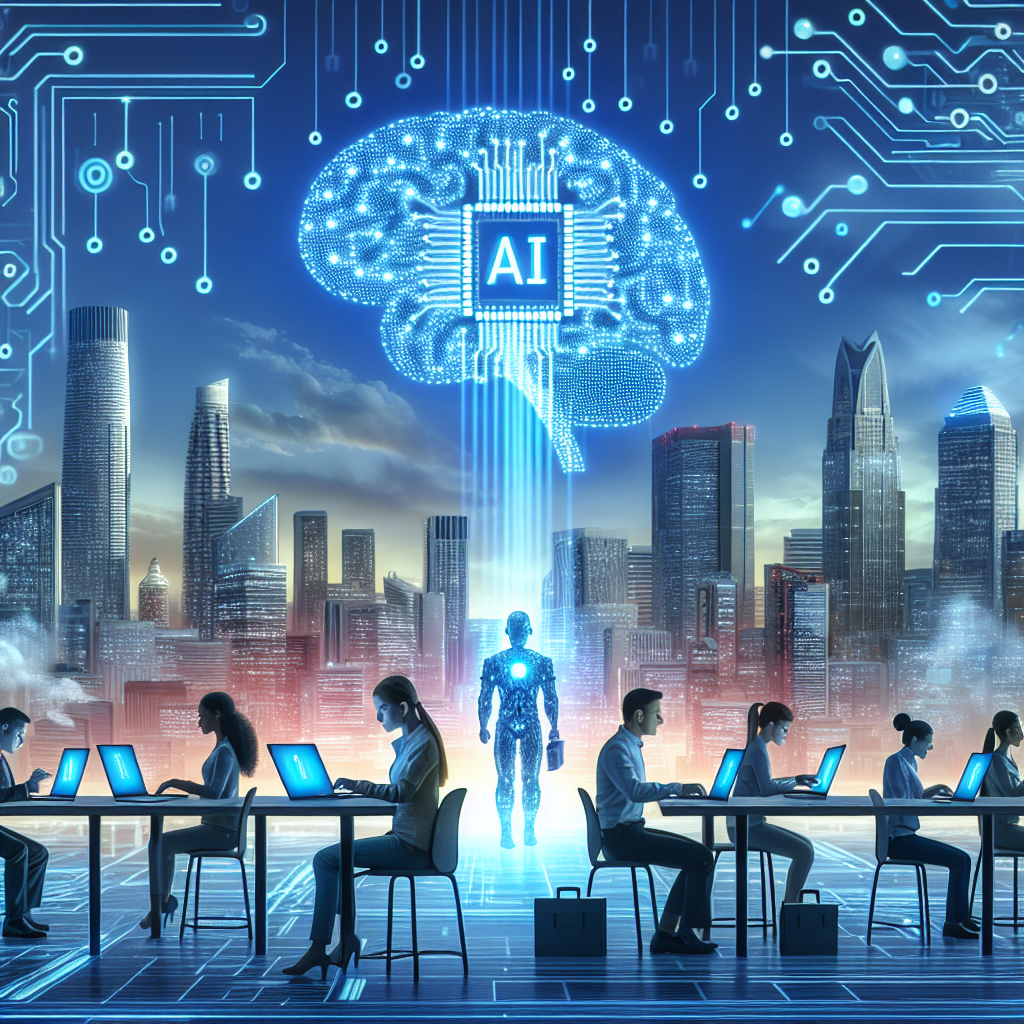Generative AI, also known as artificial intelligence, has been making waves in various industries with its ability to create content, generate designs, and even compose music. As the technology continues to evolve, it is also paving the way for significant changes in the future of work.
Generative AI refers to a type of AI that is capable of creating new content or data based on patterns and examples it has been trained on. This technology utilizes machine learning algorithms to analyze and learn from vast amounts of data, allowing it to generate new content that is indistinguishable from human-created content.
One of the key areas where generative AI is expected to have a significant impact is in the creative industry. Designers, writers, and artists are already using generative AI tools to assist them in their work, helping them generate new ideas, designs, and content quickly and efficiently. For example, AI-powered design tools can help designers create new logos or branding materials in a fraction of the time it would take to do so manually.
In the field of marketing, generative AI can be used to create personalized content for customers based on their preferences and behavior. This can help businesses deliver more targeted and effective marketing campaigns, ultimately leading to higher conversion rates and customer satisfaction.
Generative AI also has the potential to revolutionize the way we work by automating repetitive tasks and freeing up time for more creative and strategic work. This can lead to increased productivity and efficiency in the workplace, as employees can focus on high-level tasks that require human creativity and problem-solving skills.
However, the rise of generative AI also raises concerns about its potential impact on the workforce. As AI becomes more sophisticated and capable of performing a wider range of tasks, there is a fear that it could replace human workers in certain industries. This has led to discussions about the need for upskilling and reskilling programs to help workers adapt to the changing job market.
Despite these concerns, many experts believe that generative AI will create new opportunities for workers by enabling them to focus on tasks that require human creativity and emotional intelligence. For example, AI can help employees automate mundane tasks, allowing them to spend more time on building relationships with clients or coming up with innovative solutions to complex problems.
In conclusion, generative AI has the potential to transform the future of work by automating repetitive tasks, enabling workers to focus on higher-level tasks, and creating new opportunities for innovation and creativity. While there are concerns about the impact of AI on the workforce, it is clear that this technology is here to stay and will continue to shape the way we work in the years to come.
FAQs:
Q: Will generative AI replace human workers in the future?
A: While generative AI has the potential to automate certain tasks currently performed by humans, it is unlikely to completely replace human workers. Instead, AI is more likely to augment human capabilities and enable workers to focus on tasks that require creativity and emotional intelligence.
Q: How can workers prepare for the future of work with generative AI?
A: Workers can prepare for the future of work by staying informed about the latest developments in AI and technology, acquiring new skills that are in demand, and being open to upskilling and reskilling opportunities. It is also important for workers to embrace AI as a tool that can help them be more productive and efficient in their work.
Q: What are some industries that will be most affected by generative AI?
A: Industries that rely heavily on creative and design work, such as marketing, advertising, and media, are expected to be most affected by generative AI. However, AI is also likely to impact industries such as healthcare, finance, and manufacturing by automating repetitive tasks and improving efficiency.

